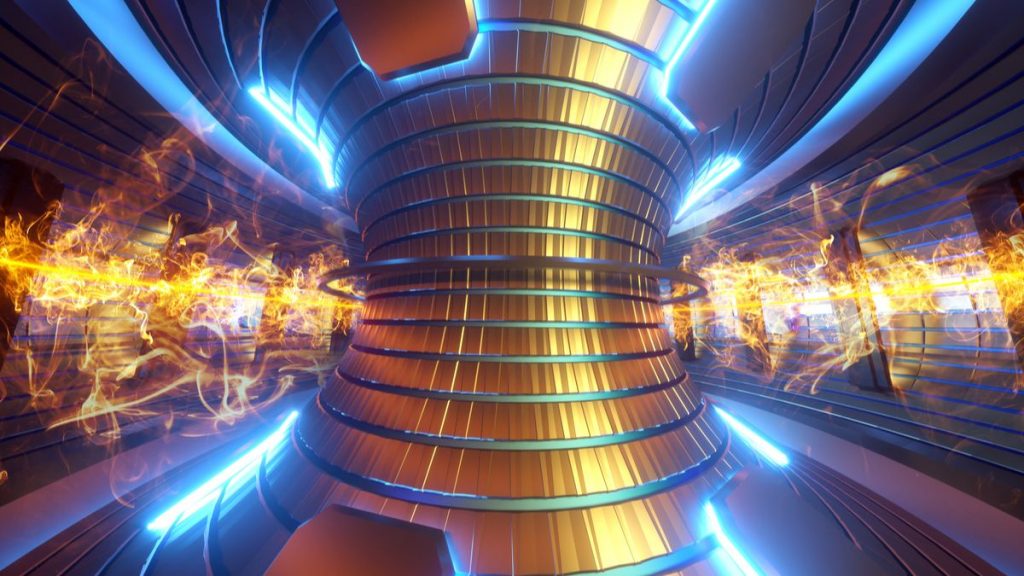South Korean scientists have just set a new world record for their artificial sun, which reached an ionic temperature above 100 million degrees Celsius for 20 seconds. Explanations.
A potentially unlimited source of clean energy
The device KSTAR (Korea Superconducting Tokamak Advanced Research) uses magnetic fields to generate and stabilize an ultra hot plasma, with the ultimate goal of making energy from the nuclear fusion a reality – a potentially limitless source of clean energy that could transform the way we live. A temperature above 100 million degrees having previously only been crossed for about ten seconds, the performance achieved by the artificial sun of South Korea is a substantial improvement over previous attempts.
” The technologies necessary for the long exploitation of a 100 million degree plasma are the key to the realization of fusion energy “Said the nuclear physicist Si-Woo Yoon, principal investigator of this work which will be presented during theAEA Fusion Energy Conference 2021 and accessible from the Korea Institute of Fusion Energy.
” KSTAR’s ability to hold plasma at high temperature for 20 seconds will be a milestone in the race to secure technologies for long-life high-performance plasma operation, a critical component of a future commercial nuclear fusion reactor. . “
The key to the jump to 20 seconds was upgrading the modes of the Internal Transport Barrier (ITB) inside of KSTAR, in particular making it possible to control the confinement and stability of nuclear fusion reactions. Like its Chinese counterpart, the KSTAR is a type reactor tokamak, which fuses atomic nuclei to create these enormous amounts of energy (as opposed to the nuclear fission used in power plants, which divides atomic nuclei).
Rapid progress
Although the scientific work required to achieve this is complex, progress is steady. KSTAR first crossed the 100 million degree mark in 2018, and managed to maintain that temperature for 8 seconds a year later. Today, the duration has more than doubled. According to the researchers, the success of the experiment KSTAR in high temperature and long time operation, overcoming some disadvantages of the modes ITB, brings us closer to the development of technologies for the realization of nuclear fusion energy.
Fusion devices like the KSTAR use isotopes of hydrogen to create a plasma state where ions and electrons are separated, ready to be heated – the same fusion reactions that occur on the Sun, hence the nickname given to these reactors. So far, maintaining temperatures high enough for a period long enough for the technology to be viable has proven to be a challenge.
A convincing basis for high performance steady-state fusion plasmas
Scientists are going to have to break more such records for nuclear fusion to function as an energy source – releasing little more than seawater (a source of hydrogen isotopes) and producing minimal of waste. Despite all the work that remains to be done to ensure that these reactors produce more energy than they consume, recent progress is encouraging. By 2025, engineers from KSTAR want to have passed the 100 million degree mark for a period of 300 seconds.
” The ionic temperature of 100 million degrees achieved by allowing efficient heating of the core plasma for such a long time has demonstrated the unique ability of the KSTAR superconducting device, and will be recognized as a convincing basis for high performance steady state fusion plasmas. », Commented the nuclear physicist Young-Seok Park, of the’columbia university.

